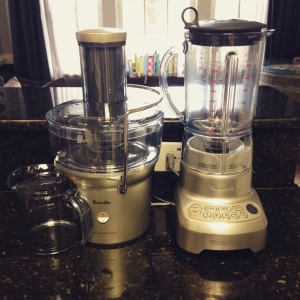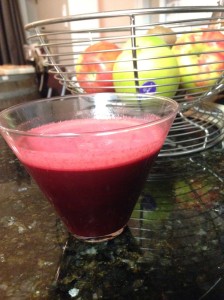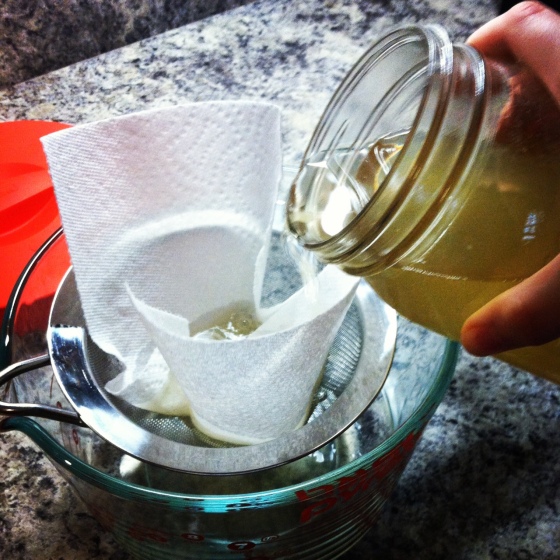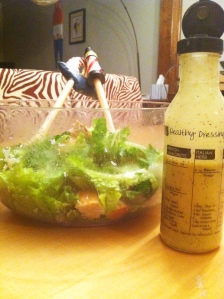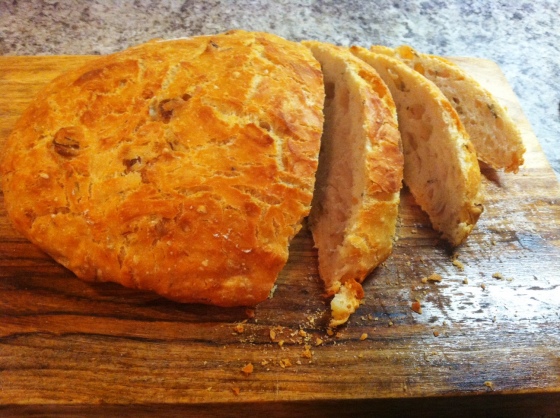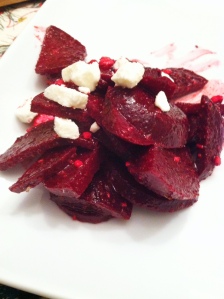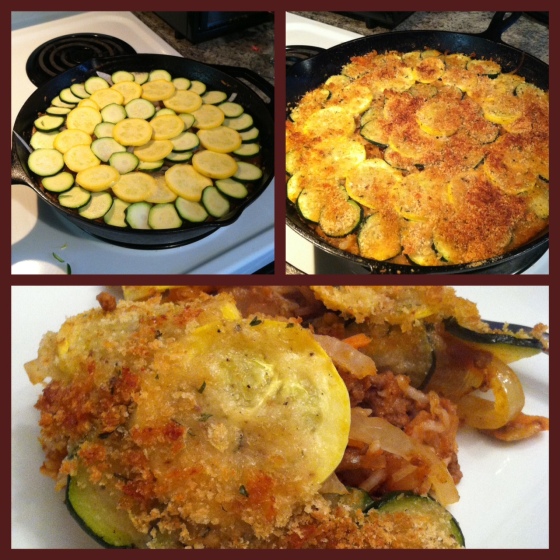I haven’t blogged lately because I’m taking a break from food. Not from cooking or from trying new recipes, but from food. From eating it. I’m doing a detox. And now, in many more words than are probably necessary, I will tell you why.
For the past year I have been through the medical industry ringer trying to find the cause or cure for digestive issues that I’ve dealt with for most of my life but most severely in the past two or three years. After several months of intense “suffering,” I finally made an appointment with a gastroenterologist in August 2011. Several tests were done to find out if I had celiac, crohn’s, ulcerative colitis, etc., none of which I had. So the doctor decided to have me tested for an intestinal bacterial overgrowth, which I did have. I was put on an antibiotic for 10 days that is so strong it is usually only give to liver disease patients who have so many toxins in their bodies that their brains literally stop working. It cost me over $400 (just for the pills, that doesn’t include the cost of the test) and did not work. So the doctor decided it was IBS. Again, another medication. Again, no results. Finally he decided to do a full sonogram of my entire stomach, intestines, liver, kidneys and gallbladder to check for tumors, stones, etc. Nothing. Finally, he says to me, “well, there’s really nothing we can do unless you’re willing to change your diet.”
Me: “ummmm…..excuse me? I can fix this just by changing my diet????”
Dr.: “Oh yeah. I just don’t usually recommend that anymore because nobody is willing to do it.”
Me: *face palm*
He gave me the name of a book called Breaking the Vicious Cycle that outlines a specific carbohydrate diet that has worked extremely well for most digestive issues, and in some cases has even cured some patients’ completely, even from things like Celiac Disease. I bought it that day. But as I thought about changing my diet, possibly for life, I thought about all the things and ways I had eaten in the past and how hard it might be to pinpoint the exact thing or things that caused my symptoms, so I began researching detox programs. I figured if I was going to completely change my diet, I might as well start with a clean palate. I found a program called “Clean” that was put together by a real Doctor, (not some hippy dippy whack-job) Dr. Jundro, who is a practicing cardiologist in New York. He went through very similar symptoms to my own after becoming a doctor and found relief through detox and Functional Medicine (a combination of Eastern and Western medicine). The detox program he created and outlines in his book, Clean, is safe and provides you with all the nutrients you need during your detox, which you can choose to do for one to three weeks at a time. Here’s how the program works:
You have two liquid meals a day. One for breakfast:

Carrot, peach and mango juice. My magic bullet and food processor are my best friends right now.
One for dinner:

Apple cinnamon smoothie with Virginia Apples.
For lunch you can have a small solid meal that fits the detox guidelines:
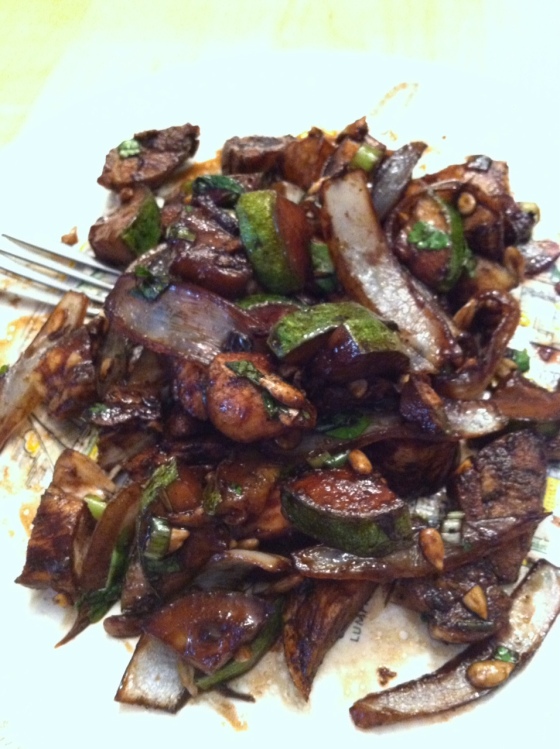
Balsamic glazed chicken and zucchini with wild rice
You can also have a small snack in the mid-morning and mid-afternoon that fit the detox eating guidelines:

White bean and garlic dip with raw veggies
And you can have herbal teas and there are several supplements you take each day:


Tower of Supps!
The detox guidelines are pretty intense. You cannot have caffeine, sugar, alcohol, starch, pasta, corn, soybeans or soy products, shellfish, beef, pork, wheat, gluten, dairy, peanut or peanut products, raisins or grapes, citrus, or nightshades (tomatoes, potatoes, peppers). The idea being that you cut out every kind of common allergen, irritant and foods that cause your blood to become acidic over time (like nightshades). When your system balances, gets rid of the acidity and irritants, it can detoxify itself and restore itself to a neutral state from which to begin eating again, introducing one type of food back into your diet at a time until you pinpoint the cause of the symptoms. During the detox you also take very strong doses of priobiotics to help restore the good flora in your intestines.
As you can imagine, this has been difficult for someone like me who loves food, loves to cook, and is more or less IN love with wine. But it was my last resort and I was tired of feeling miserable every single time I ate a meal. And more importantly, I felt like it was my responsibility. When my doctor told me, as a LAST RESORT, that I could change my diet and live symptom free, it was completely eye opening for me. Most people won’t do this. Most people won’t take the responsibility for their own health. They want an easy answer and they want it in easy-to-swallow capsules. We are addicted to our addictions. We pop pills that often have side effects worse than the symptoms they are meant to treat. And here is where I get on my soap box about health care, because (Now, listen. Listen, now, as Dr. Stanley would say). Americans, in general, do not wish to be well. And you cannot reform a system in which the people who belong to the system do not want to be reformed. In other words – WE have to want to change, if we want health care to change, and what we need to change is the entire idea of health care. In fact, it needs to become just that: the care of our health, not the treatment of disease. I decided to give up on doctors appointments and treatments and pills and procedures and decided instead to care for my health. It is not easy. I have been craving brownies for 11 days straight. But this is my only answer.
I only have about a week left on the program before I start introducing foods back into my diet, and I’ll admit I’m a little nervous to see what I find out. Will I be disappointed if I have to give up cheese or oysters or (GOD FORBID, seriously, I’m praying on this one) wine? Yes, of course. But you know what? It’s better than being dependent on pills, and their adverse side effects, or going to a never ending string of doctors appointment and having test after meaningless test taken. It’s not as fun as my usual food posts, I’ll admit, but keep checking back for detox updates and my adventures in re-introducing food back into my diet! That will be like a party!

